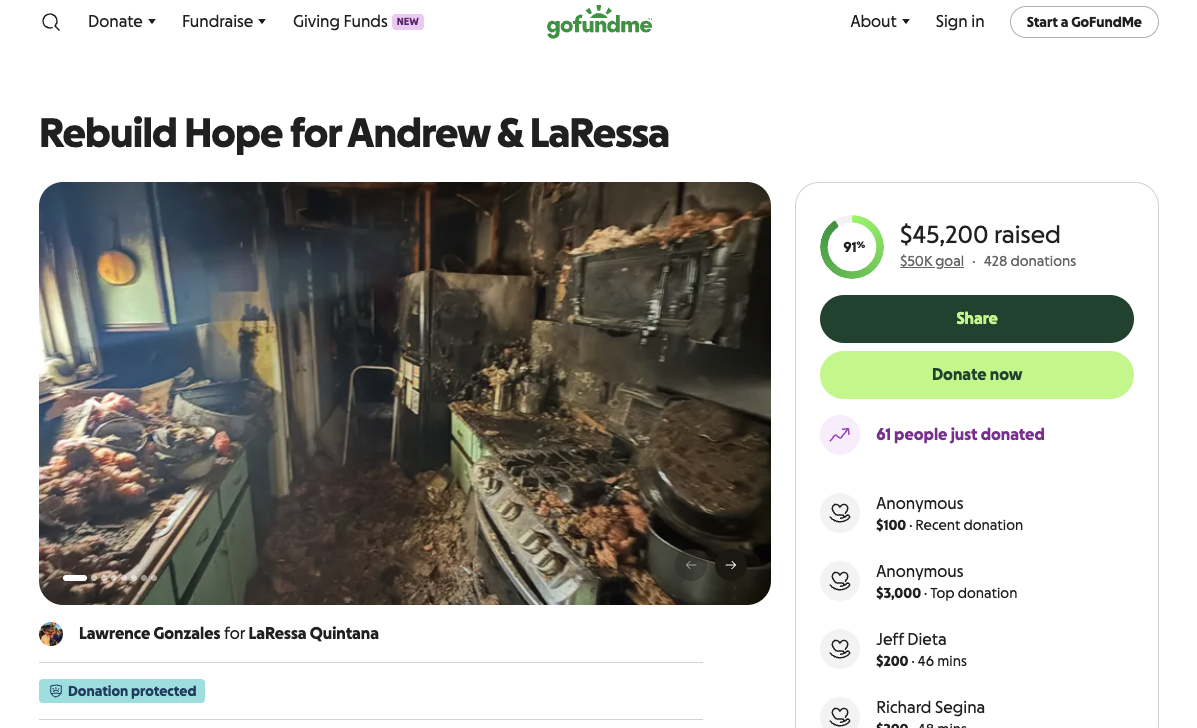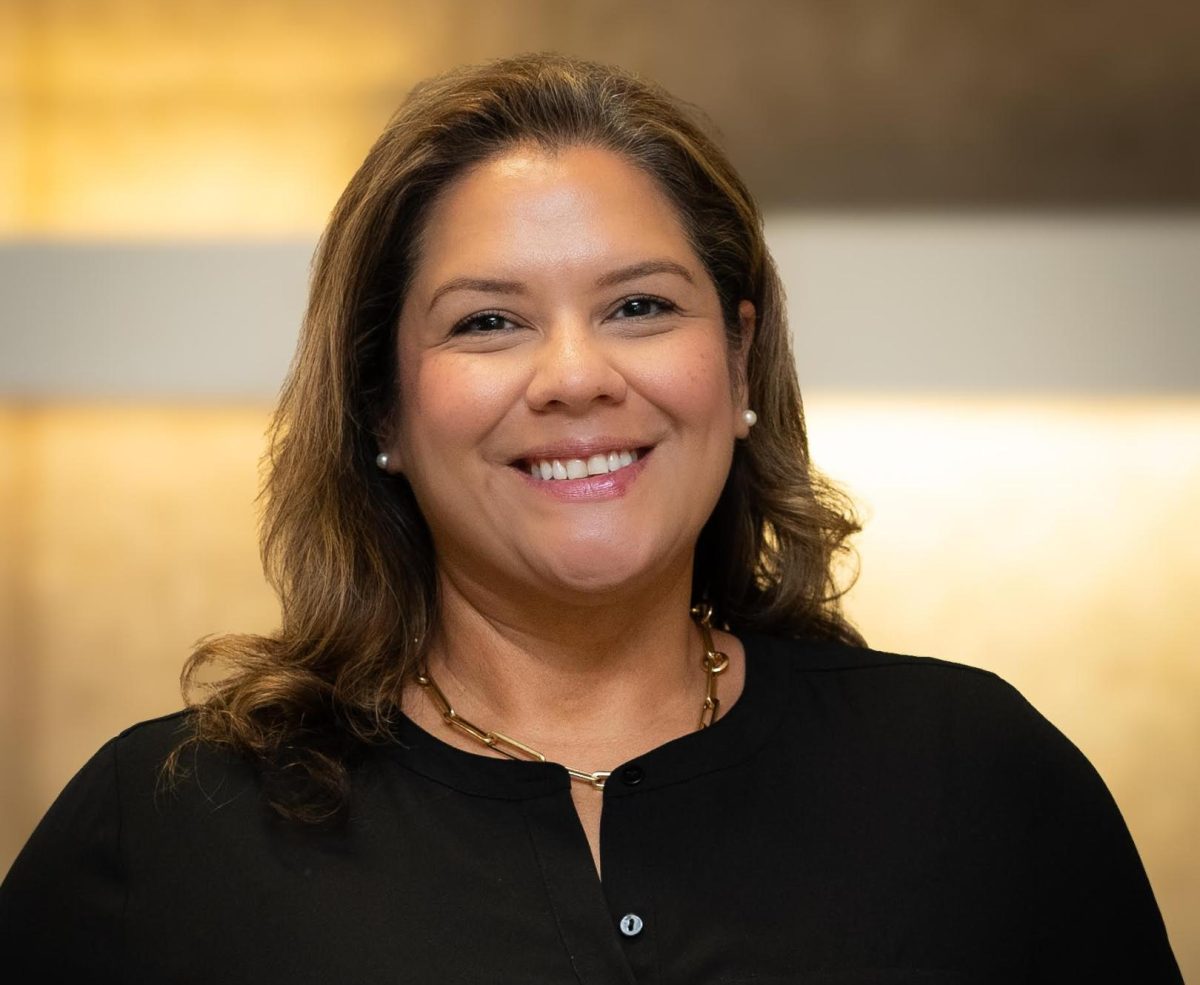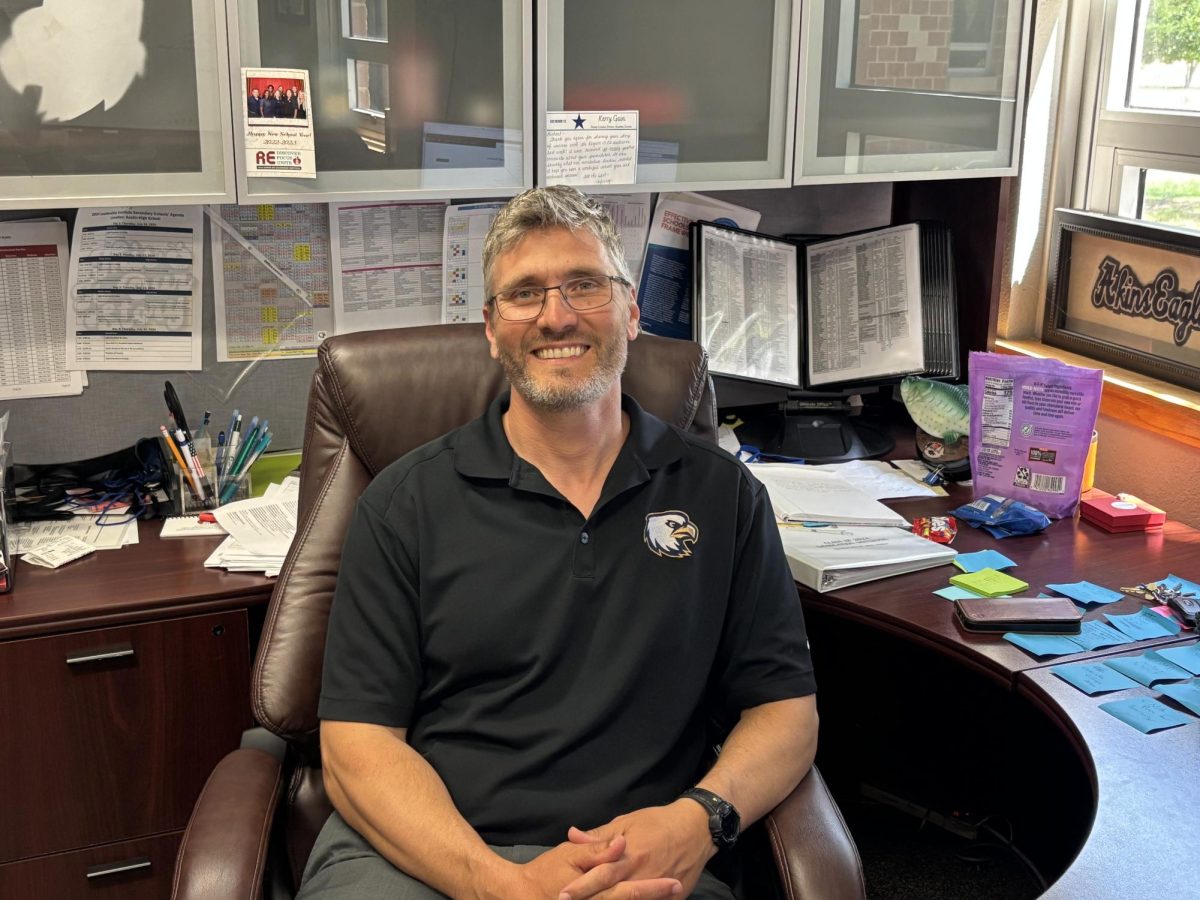A new age of learning and curriculum is coming to Austin schools. Austin Independent School District may be enacting certain programs that promote more career-oriented learning and reinforce the number of programs aimed at teaching directly towards careers.
These programs are centered on Career and Technical Education, or CTE. The idea behind CTE is that students will learn their entire core curriculum in addition to choosing a career path to pursue. This includes career paths such as Information Technology, Automotive Technology, or Business Administration. Akins is already a very CTE-oriented school because of the academy-based setting in place. Social Services offer many health service and teaching programs, while agriculture is covered in the ACES academy and STEM highlights sciences and technology. The Arts and Humanities academy has animation and graphic design.
Through a variety of choices and scenarios, AISD has proposed a number of different plans regarding new CTE hubs, magnet programs, or a primarily CTE-centered facility.
“One proposal, known as House Bill 5, would dramatically decrease the number of exit level tests required of students to graduate, from 15 EOC tests to 5,” CTE department chair Lisa Shaw said. “This plan would also reduce the general required amount of science and math classes to be taken.”
With a reduced core workload, students will have more of an opportunity to pursue more career-oriented courses.
“I think it could be a good thing because you’re learning more about your pathway or major,” freshman Joshua Solis said.
Taking alternative CTE classes would still be equivalent to a normal course load, because they are still as challenging as higher-level math or science classes.
“With less mandatory core classes to worry about, students have opportunity to complete more foundational diplomas for their chosen path, in order to be certified for certain occupations,” Shaw said. “CTE learning is still as rigorous than any other curriculum as well, so it matches up with the curriculum of students going on a four-year college path.”
The whole goal to Career and Technical Education is to create a greater set of hard skills, the ability to complete a certain task, and bolster soft skills, the ability to interact with people in a work place. Although focused in a certain amount of skill sets, the aim for CTE is to create greater viability for students in a work place.
“Soft skills are in high demand for jobs, and more CTE type learning would create more hands on opportunities for career oriented or vocational education,” Shaw said. “Of course, students who still want to go on to a four-year college path can take career certification classes if they want to.”
Depending on their occupation, some students may pursue a higher set of classes anyway, to better prepare for their field or to simply prepare for college. The CTE proposal could add classes that would incorporate hands on learning for certain career choices and the higher level of math and sciences needed for a particular occupation.
“Because I want to be a pediatrician or nurse, I would still have to take a higher level science or math class,” Solis said. “I also like to work hands-on, and learn about the human body.”
If the bill is passed, changes to student’s education would happen as soon as within the next year, but would only really affect current freshmen and sophomores.
“The bill has passed the House of Representatives, but now we’re waiting on the Senate to pass it,” Shaw said. “The Texas Legislature deciding on the bill ends May 5th, so once the decision goes through, there will be fairly immediate change.”
However, there is a similar bill being processed through the Senate that would conflict with certain terms of the House of Representative’s bill.
“If both bills happen to pass, than the governor would have to approve one or veto both, depending on which one he decides,” Shaw said.
Which ever is decided, it is likely that they will provide more options and generally more help for students, who may be looking for something less of a conventional path.
“We don’t give enough credit to students on their personal choices. This will help them make choices on their own.” Shaw said.









